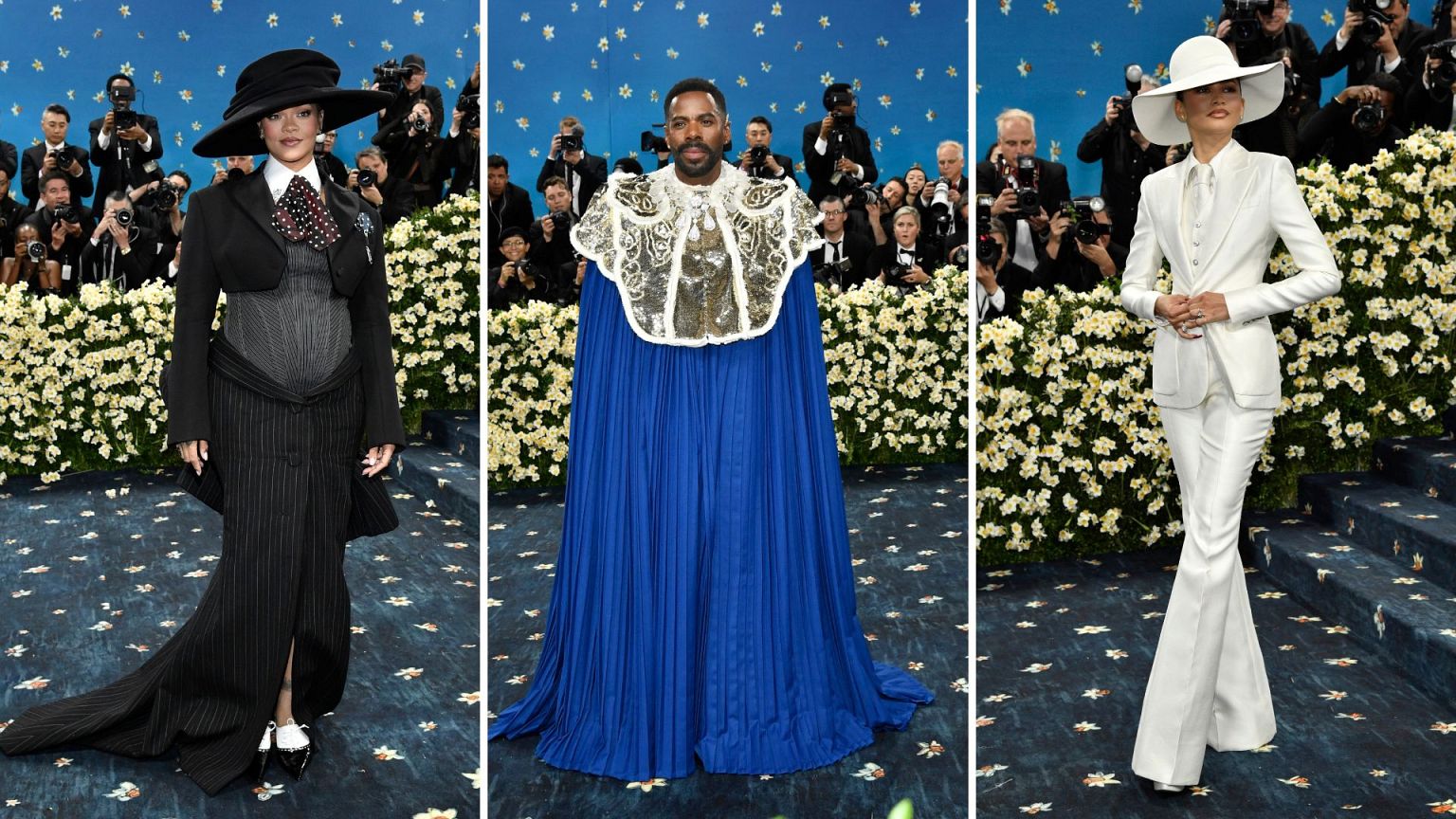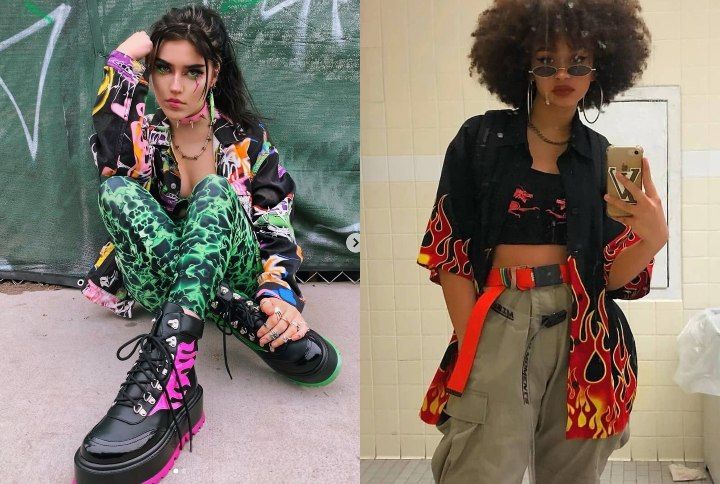How Should Fashion Entrants to China Approach COVID-19 Rebound?
Click here to read the full article.
LONDON — Everybody wants a slice of China’s booming luxury and fashion market, especially after the coronavirus put a stop to many businesses around the world.
It’s indeed fascinating to hear stories about how loyal Chinese consumers would queue outside Chanel and Hermès stores moments after the pandemic was contained and spend a record-breaking sum of money on high-price items, and how Burberry’s 100 limited-edition Pocket Bags in collaboration with Mr. Bags sold out within seconds on his WeChat mini-program.
McKinsey predicts Chinese consumers will account for 40 percent of the world’s luxury spending by 2025, but the growing demand is likely to be trapped in the country until 2021 due to pandemic disruptions. Because of this, China’s retail market is expected to overtake the U.S. and become the world’s largest as early as this year.
But the reality is far from rosy for new entrants looking to expand in the Chinese market, where everything is run by a whole new set of rules that differ greatly from the rest of the world, and deal with the unpredictable consequences of COVID-19.
Those who are now benefiting from China’s swift recovery have been in the market since the early Nineties, and have built a sizable local operation with innovative China-centric strategies.
Top-tier brands — from Louis Vuitton and Nike to Uniqlo — take over the best locations in shopping malls and e-commerce marketplaces like Tmall, JD.com, Secoo, and WeChat mini-programs, and have the hottest celebrities as brand ambassadors, while local players dominate the contemporary and high-street market.
Among the top 100 fashion retailers in China, over 70 of them are Chinese companies, according to the China Chain Store & Franchise Association, and over a dozen of them have a market capitalization of over $1 billion.
They include Adrian Cheng’s Chow Tai Fook; one of China’s oldest jewelry brands, Lao Feng Xiang; Amer Sports’ owner Anta; HLA Heilan Home; Belle International; Fosun’s Yuyuan Jewelry and Fashion Group; Zhejiang Semir Garment; Chow Sang Sang; Luk Fook; Li-Ning; SouYute Garment; Chow Tai Seng; Erdos Group; Foshan Saturday Shoes; Jiangsu Hongdou Industry, and Alexis Mabille’s investor Ningbo Peacebird Fashion.
For example, while H&M Group runs 518 stores in China, one of its local competitors, Semir, had more than 5,000 stores across the nation as of April 2020, and six of the top 10 bestselling women’s wear brands during Tmall Singles’ Day shopping festival last year were owned by Chinese companies.
Premium Chinese fashion retailers like Lane Crawford, SKP Select and SND have also shifted a good portion of their budgets from emerging international designer brands toward Chinese talents, who are often Western-trained at prestigious fashion colleges with refreshing offerings and have a closer relationship with the local press.
“A decade ago, foreign brands had a substantial competitive edge over their Chinese competition. Today, this is no longer the case. Chinese marketers are sophisticated in brand marketing, investing in design and technology heavily, etc. that make them formidable competitors,” said Aaron Lau, chief executive officer and chairman at Gusto Collective.
Gusto Collective is a marketing and digital agency that positions itself to be Asia’s first independent brand tech holding company, combing storytelling and creativity with immersive digital and mobile technology. In June, it acquired a controlling stake in the digital, marketing and intelligence agency Reuter Communications and renamed it as Gusto Luxe. It represents around 50 international luxury brands and retailers in China, including Compagnie Financière Richemont, the Estée Lauder Cos. Inc., Lanvin, Maison Margiela and entrants to China like Everlane, Canada Goose and Harrods.
“Foreign brands must bring their best expertise and resources to compete in probably the world’s most crowded and competitive marketplace where multinational, Asian and local Chinese brands converge,” Lau said, adding that those who do not have an online-to-offline, or O2O, infrastructure will have to fast forward their development.
At the same time, online marketplaces welcome international brands, big or small, to work with them. JD.com, for example, began to offer an expedited process for store openings, and some 40 brands have joined the platform, including Church’s, Sergio Rossi, By Far, Christopher Kane and A-Cold-Wall since the COVID-19 outbreak began in January, to tap into its customer base and optimize their inventory efficiency in China. Meanwhile, Cartier, Balenciaga, Chloé and Prada opened online flagships with Alibaba’s Tmall Luxury Pavilion during the same period.
Stella Song, founder of Socialight Communications, who looks after JW Anderson, Byredo and Carven in China, said entrants need to find a reliable partner who really knows the Chinese market to open up distribution networks and deliver localized media content to communicate effectively both online and offline.
“In China, celebrities and influencers are very effective in branding, especially at the beginning phase of a new brand coming to the market. Then, brands need to have the right social media presence to communicate what they have been doing locally. This part can be very tricky as there’s many channels a brand needs to consider: Weibo, WeChat, Xiaohongshu, TikTok and the transitional portal sites. Each channel requires different kinds of content, but if you do it right, you will see a huge amplification,” Song said.
Lau agreed with Song. “In a world where technology democratizes marketing at a record pace, and consumers have an ever-increasing number of brands to choose from, as well as media platforms to engage with, it’s key that brands create a consistent ‘branded’ experience to connect with their consumers,” he said.
“An integrated approach is absolutely key in China,” Lau added. “Chinese consumers are some of the most digitally connected in the world. They are informed and well researched when it comes to brands and products, and even though they are constantly connected, offline retail is critically important to brands providing a tactile, sensory experience to their Chinese customers. The bar is constantly pushed higher when it comes to offline experiences in China. Tech and digital must play a key role in offline retail activation too.”
Gusto Collective recently developed an augmented reality app for the Hong Kong 5G mobile carrier’s CSL platform. The app gamified special offers from retailers, from coffee shops to fashion brands. It offers customers location-based, time-sensitive coupons.
Shanghai-based tech company Chatail is also developing tools for retailers and brands to connect with consumers in real-time. New entrants should capitalize on these available technologies to speed up user acquisition and retention.
It launched the WeChat mini-program “Cloud Shopping in Huaihai Business District” in May upon request from the Shanghai government to aggregate brand information and coupons from shops on Huaihai Road, including K11, iapm, Xintiandi, Lane Crawford and many more.
“We direct traffic to the store for those who are nearby, and use our algorithm to correctly connect the right consumers with the right stores,” said Xuan Zheng, founder of Chatail. “Some 77 percent of those who received the coupon spent money in the stores.”
Livestreaming is also a popular tool for brands to engage with the consumer in China. Louis Vuitton, Dior and Burberry have been experimenting with it since the COVID-19 outbreak in China and received good results. New entrants should also reference previous successful cases to build up their own online engagement.
Related Artiles:
Luxury Brands Brace for Price Hikes, Entry-Level Items in China Rebound
JD.com Touts Luxury Strategy Ahead of 618 Shopping Festival
Tipping Point: The ‘Gamification’ of Fashion Is Accelerating
Sign up for WWD’s Newsletter. For the latest news, follow us on Twitter, Facebook, and Instagram.




